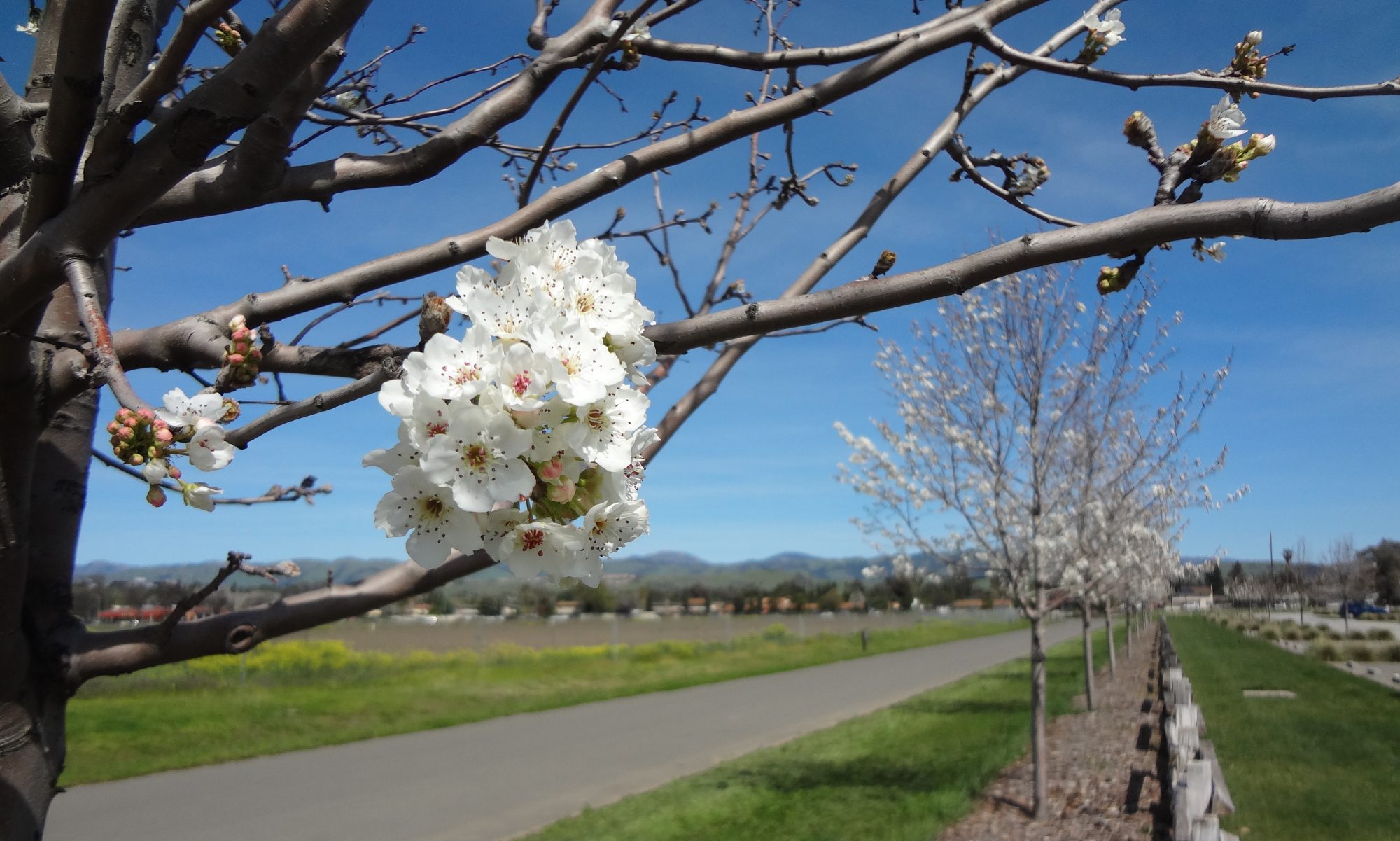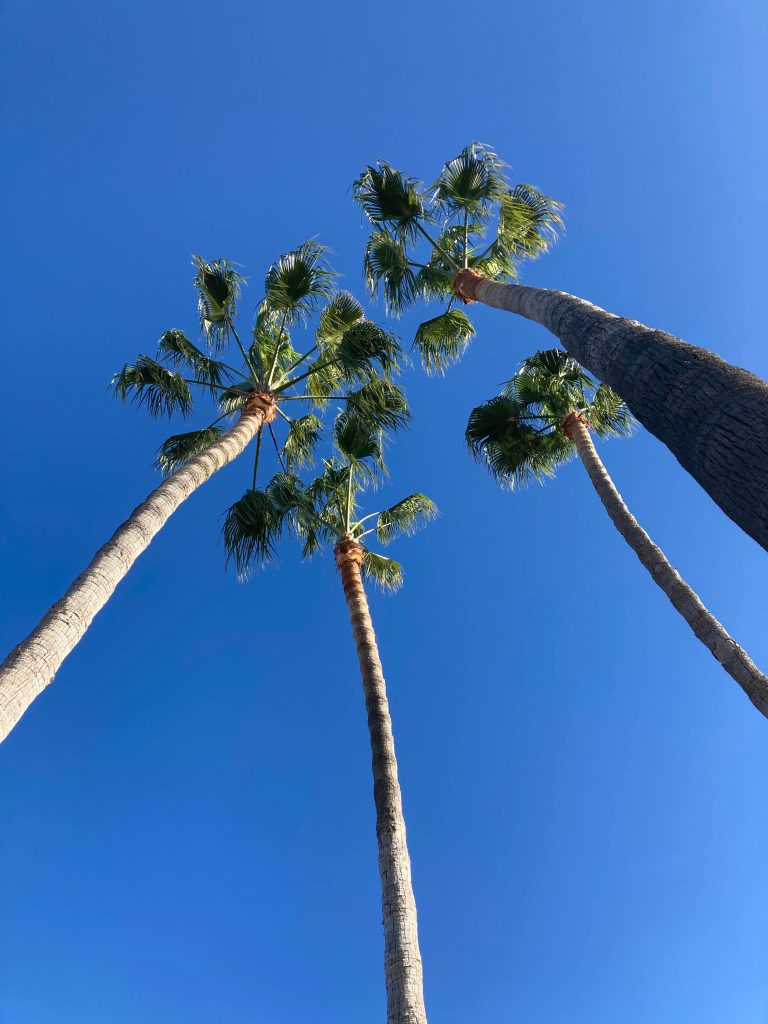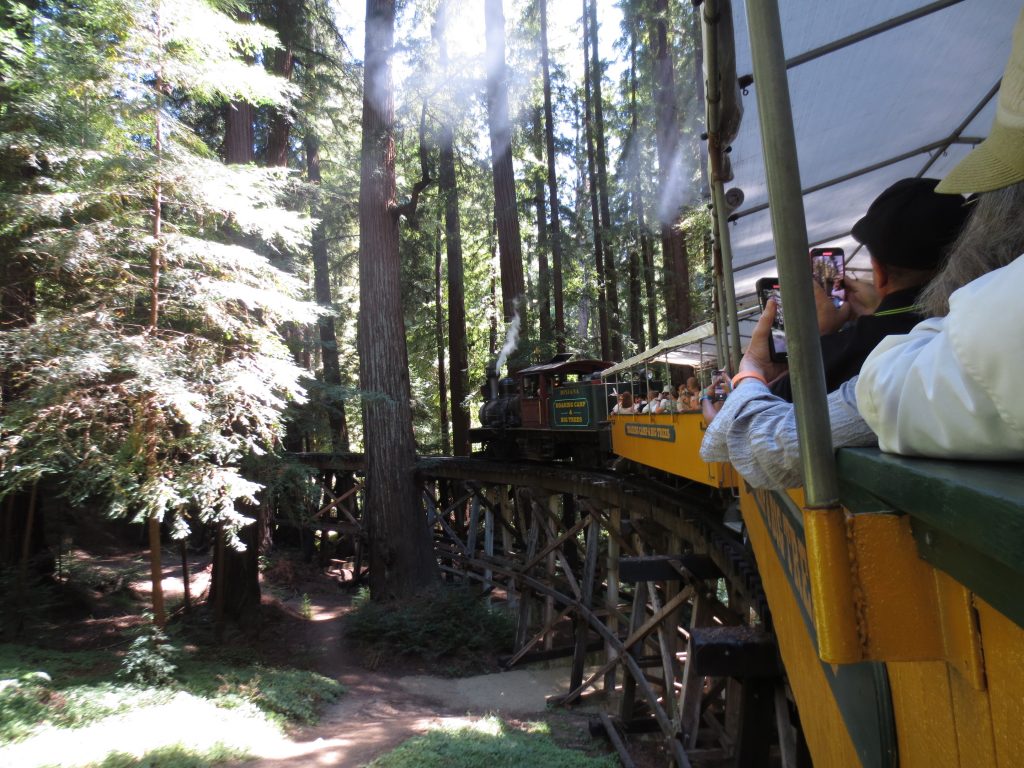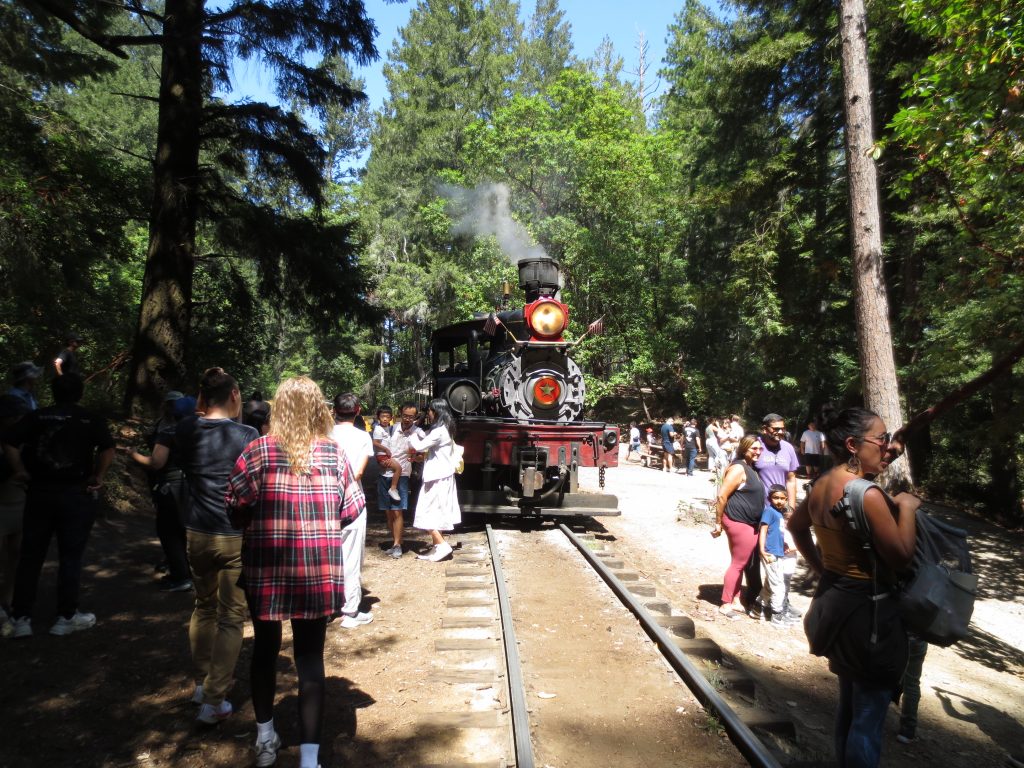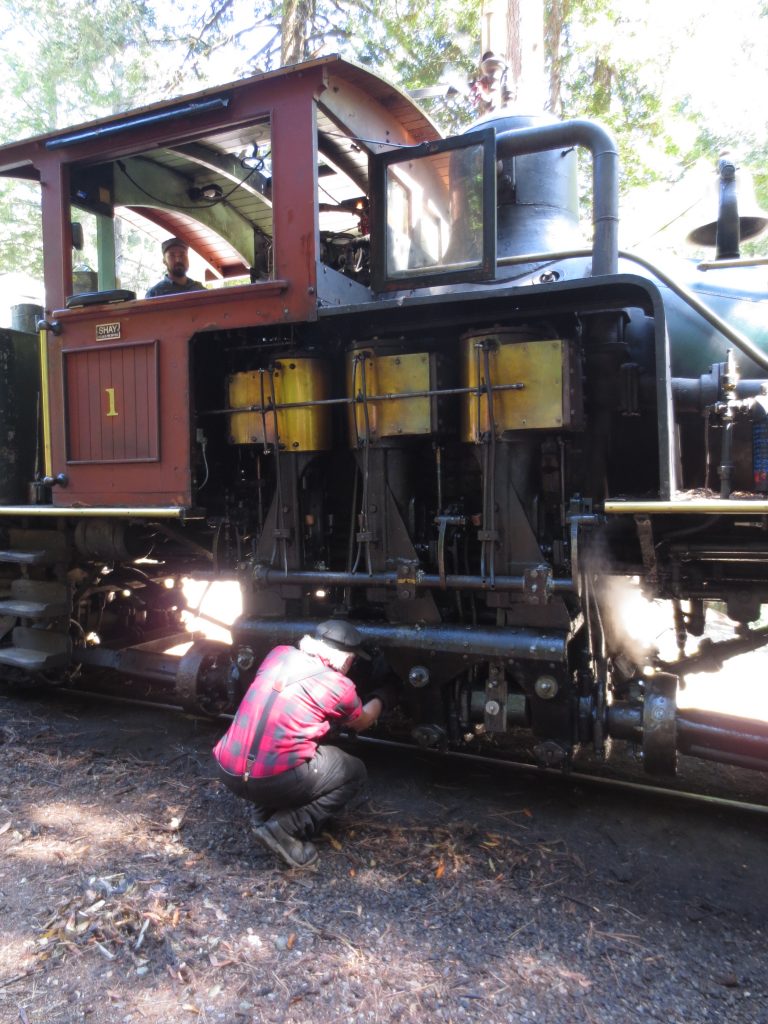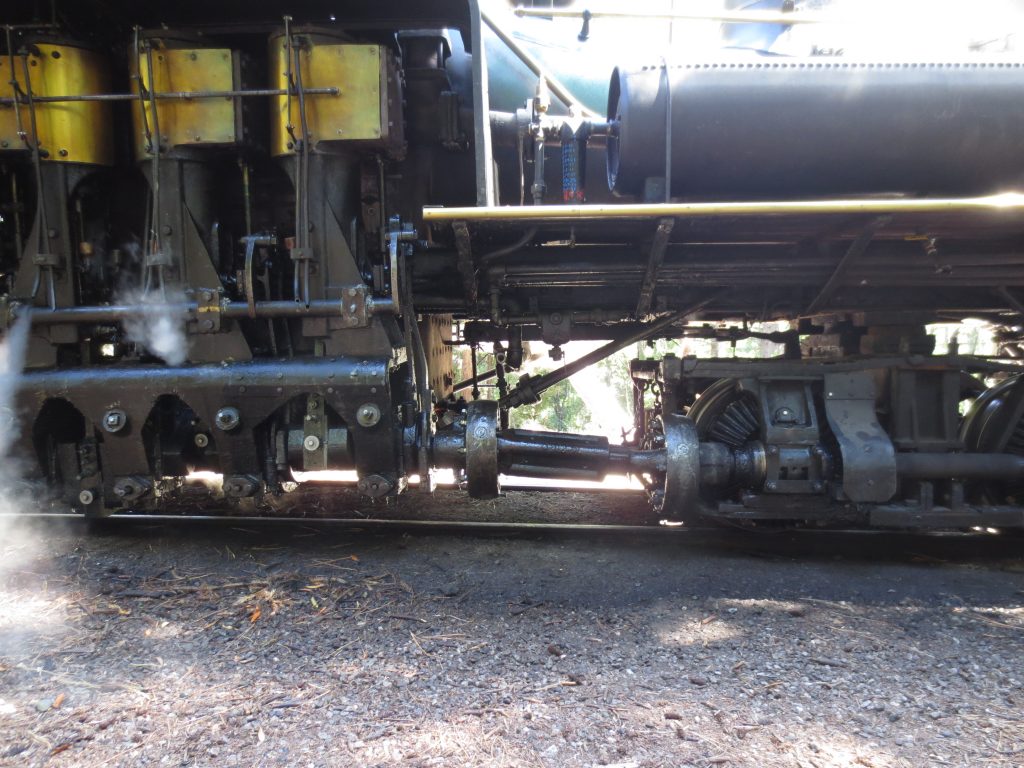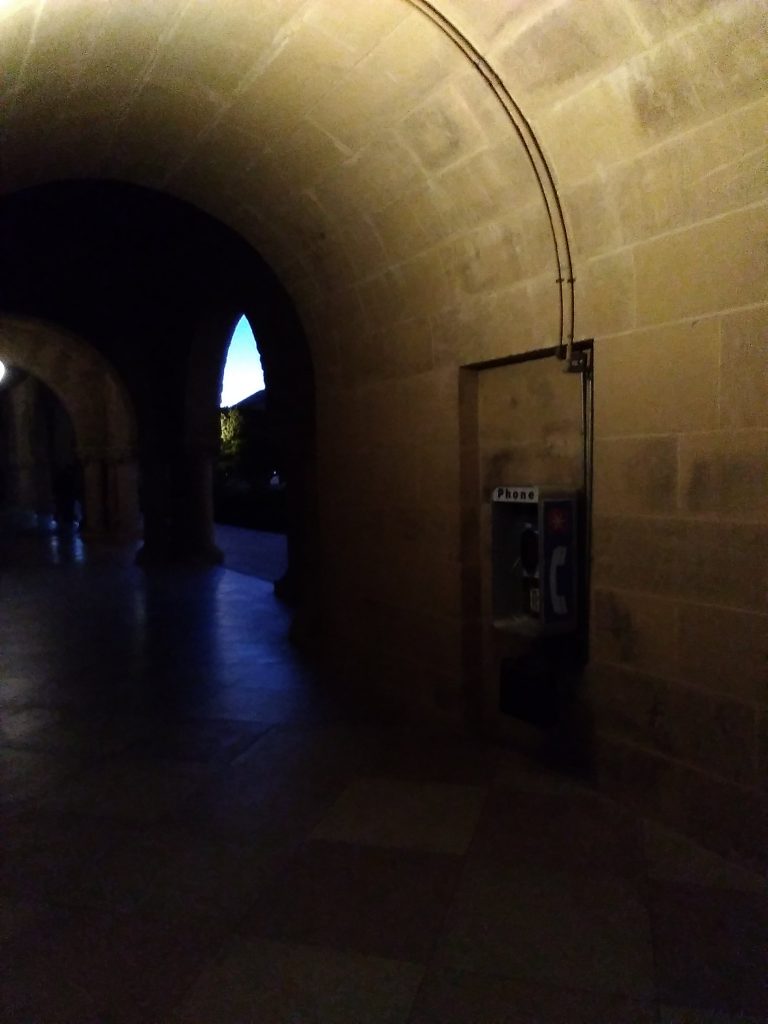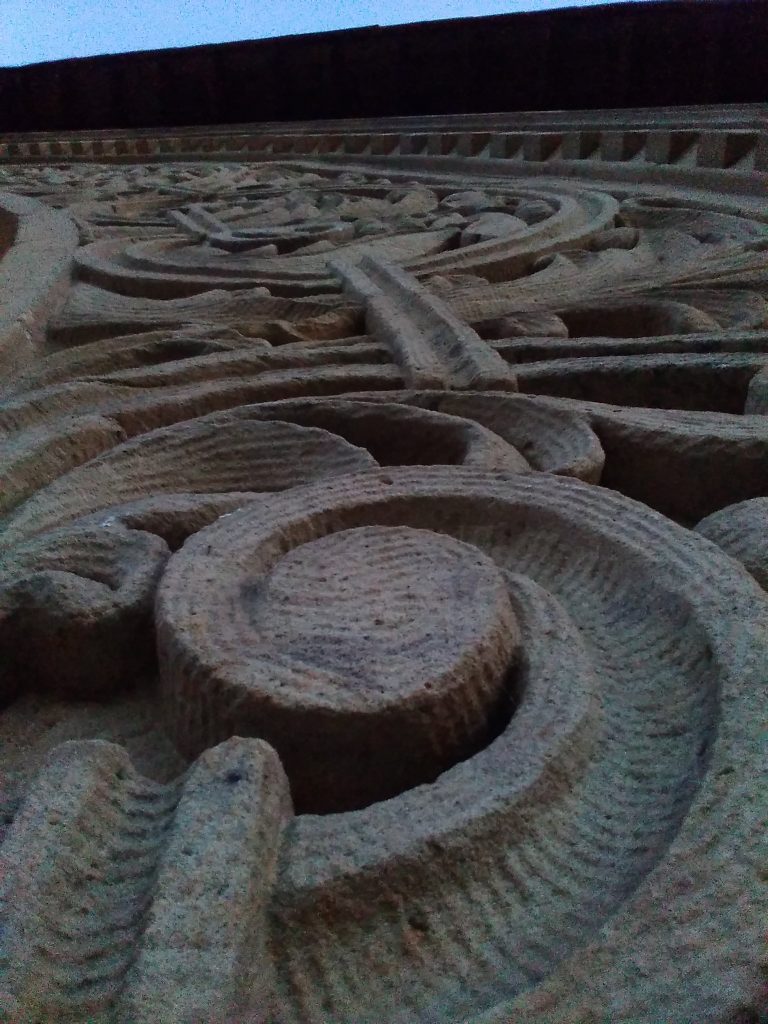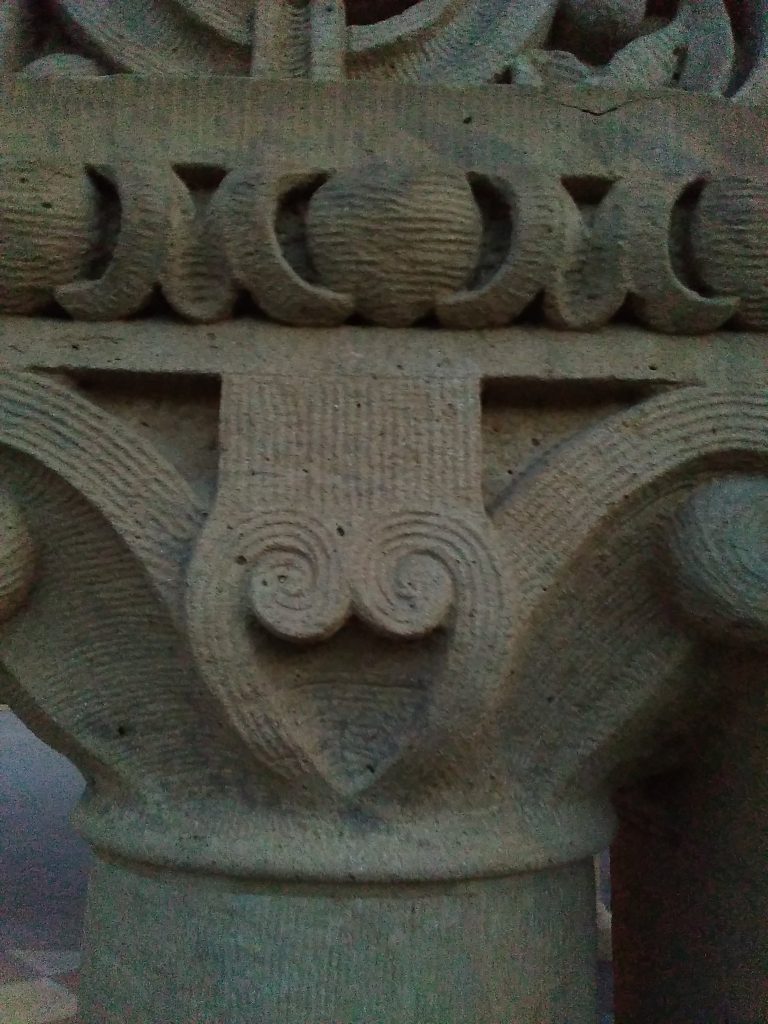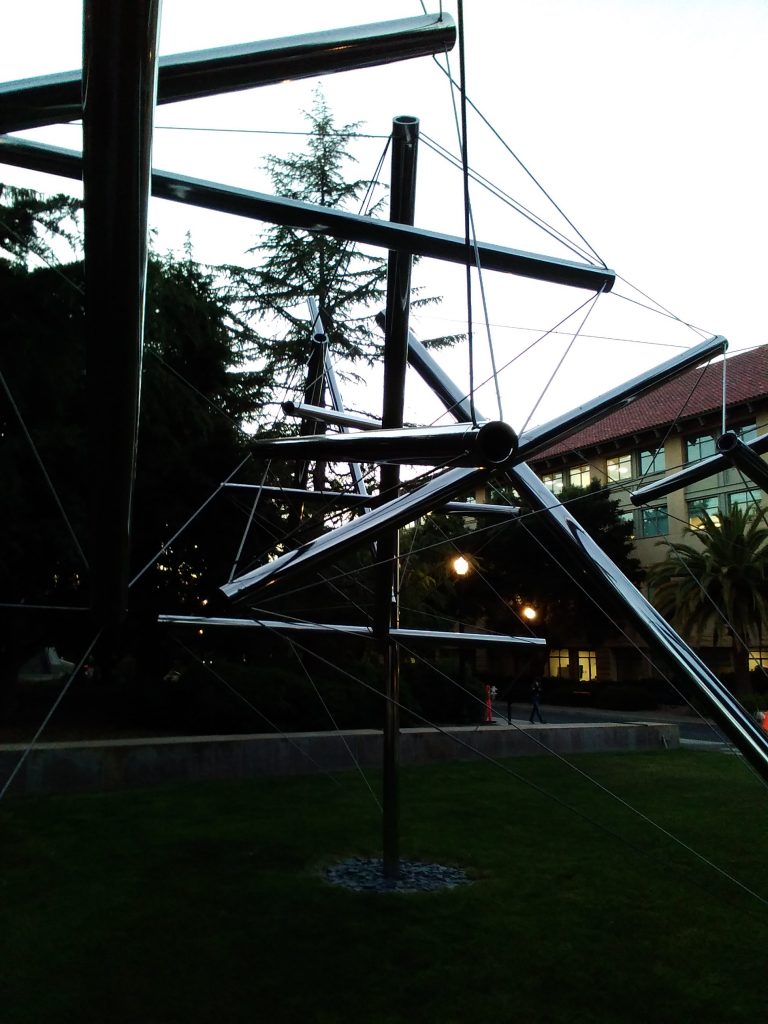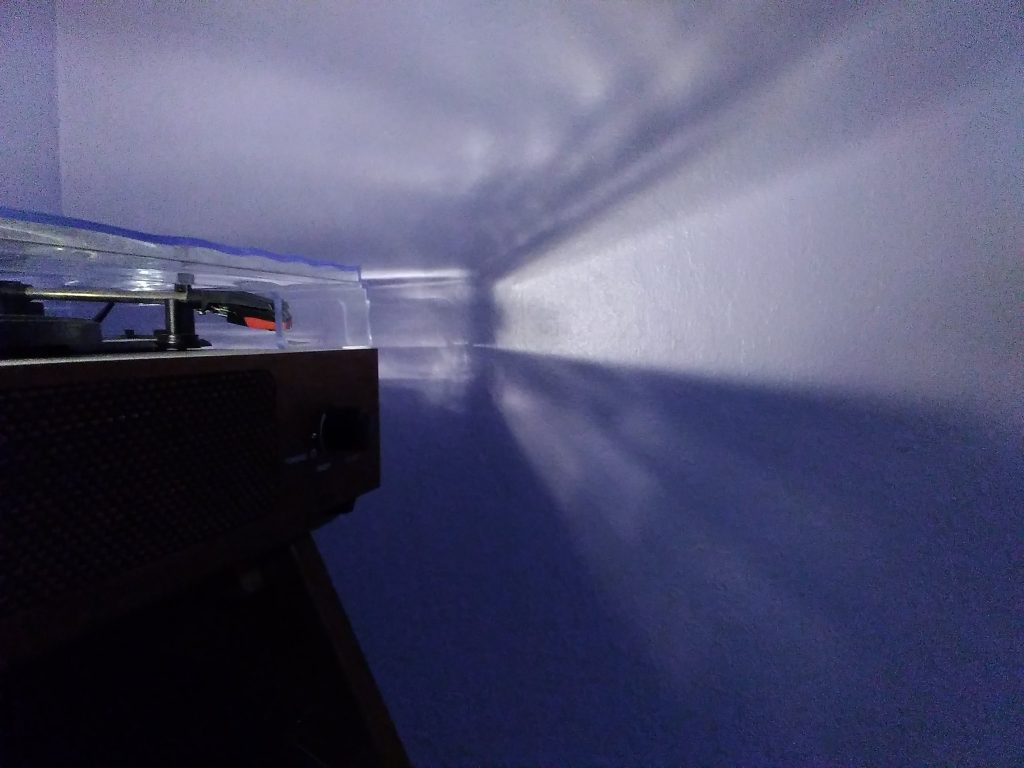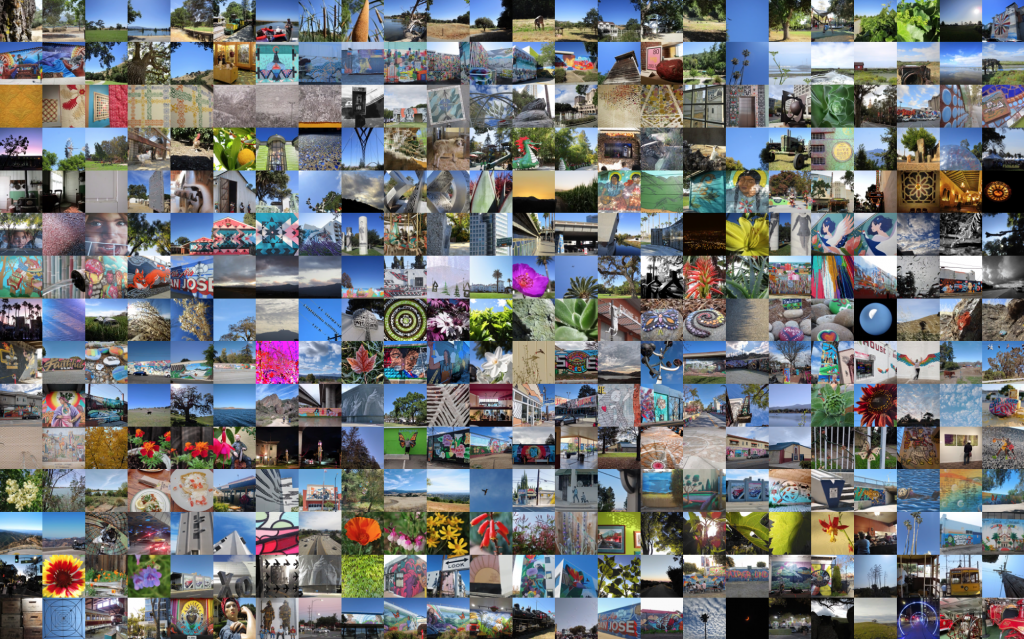
With over 600 posts and over 900 pictures, we feel good to know that many have found something worth looking at in our art project here at 825mph.com. We have enjoyed creating it. While we will not be adding posts beyond today, we will certainly continue to enjoy, to look, to appreciate, and to admire our world.
And so we end this project here…
on 8/25, August 2025
at
8:25 am
Traveling 825 miles per hour around the axis of the Earth.
We will keep this on the internet for a few more months should you like to take another look around.
And we wish you well on your adventures as you look around your world from your home.
